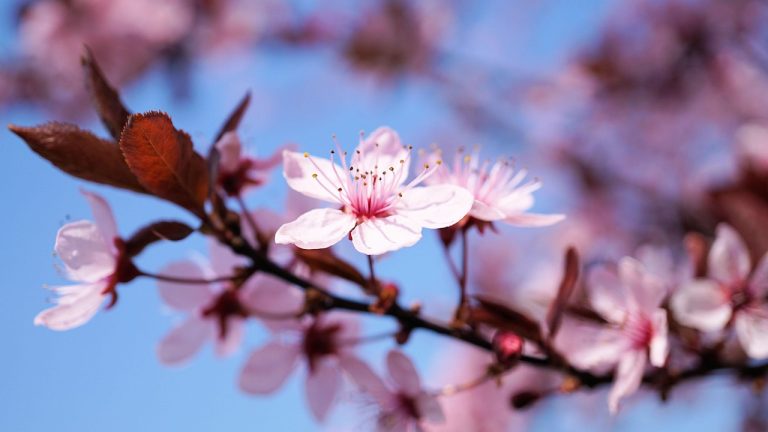Exploring the Truth: George Washington and the Cherry Tree Myth
When it comes to American folklore, few stories are as cherished and widely recognized as the tale of young George Washington and his hatchet. This story, featuring a six-year-old Washington who allegedly chopped down his father’s cherry tree and subsequently owned up to the deed with the famous line, “I cannot tell a lie,” has been a staple in the collective American consciousness for generations. However, as we dive deeper into this legend, one finds themselves exploring the truth: George Washington and the cherry tree myth is just that—a myth. Here’s why this matters, and what it can teach us today.
Introduction to the Cherry Tree Myth
The narrative of George Washington and the cherry tree first appeared in the fifth edition of “The Life of Washington,” a biography written by Mason Locke Weems, an American minister and bookseller. Published shortly after Washington’s death, Weems’ book was intended not just as a biography but as a moral compass for the young United States. The cherry tree story, in particular, was aimed at illustrating the virtuous character of America’s foremost founding father.
Weems’ account describes young George, armed with a hatchet, hacking away at his father’s beloved cherry tree. When confronted by his father, young Washington bravely admitted, “I cannot tell a lie… I did cut it with my hatchet.” This response reportedly impressed his father, who joyfully declared that his son’s honesty was worth more than a thousand trees. Apparently, truth and integrity were held in high esteem even at a tender young age in the Washington family.
Breaking Down the Myth
Despite its prevalence in American culture, historical evidence strongly suggests that the cherry tree incident never occurred. The story is absent from earlier biographies and writings about Washington’s life, only appearing after his death when he was no longer around to confirm or deny the tale. Historians widely regard the cherry tree myth as a fabrication by Weems, designed to promote Washington’s image as a man of integrity and moral clarity.
Why the Myth Matters
The significance of exploring the truth: George Washington and the cherry tree myth extends beyond simple historical accuracy. This myth has been used to convey values to children, showing the importance of honesty and accountability. However, understanding that it is, indeed, a myth reminds us that historical figures are complex and multifaceted. It helps to humanize them, making them more relatable and their real accomplishments more impressive because they were achieved by actual humans, not paragons of virtue.
The Impact of the Myth on Popular Culture
The cherry tree myth has permeated various aspects of American culture. From elementary school classrooms to political discourse, the story has served as a shorthand for integrity and has been used to reinforce the moral lessons taught to children. Politicians and public figures often invoke Washington’s reputation for honesty, sometimes even referencing the cherry tree story, to underscore their own credibility.
Is the Myth Harmful?
One may wonder about the harm in believing or promoting a fabricated tale. Arguably, exploring the truth: George Washington and the cherry tree myth plays a crucial role in critical thinking and historical literacy. Encouraging a deeper examination of popular stories enables us to understand the construction of historical narratives and the purposes they serve. This, in turn, fosters a more discerning and questioning approach to history and how it is taught and understood.
FAQs about George Washington and the Cherry Tree Myth
Q: Did George Washington actually chop down a cherry tree?
A: No, there’s no historical evidence to support the story that George Washington chopped down a cherry tree. It’s widely regarded as a myth created by biographer Mason Locke Weems.
Q: Why was the cherry tree story created?
A: Mason Locke Weems aimed to showcase Washington’s virtues and create an idealized image of him to inspire and morally guide the young nation.
Q: How has the cherry tree myth influenced American views on honesty?
A: The myth has been used extensively to promote honesty and integrity, especially to children, idealizing these traits as foundational American values.
Q: Are there other myths like the cherry tree story in American history?
A: Yes, American history contains several embellished or fabricated tales similar to the cherry tree myth, often created to highlight the noble traits of historical figures.
Conclusion
Exploring the truth: George Washington and the cherry tree myth not only unravels a piece of American folklore but also invites us to reflect on the ways histories and myths are constructed and the purposes they serve. While the tale itself is fabricated, the values it illustrates remain integral to American cultural and ethical landscapes. In preserving these stories, albeit with an understanding of their mythical nature, we keep alive the ideals they aim to teach, all the while embracing a more nuanced view of our history and its heroes. Thus, as much as we cherish these narratives, it remains crucial to pursue the truth with the same fervor as young George professed his honesty.


